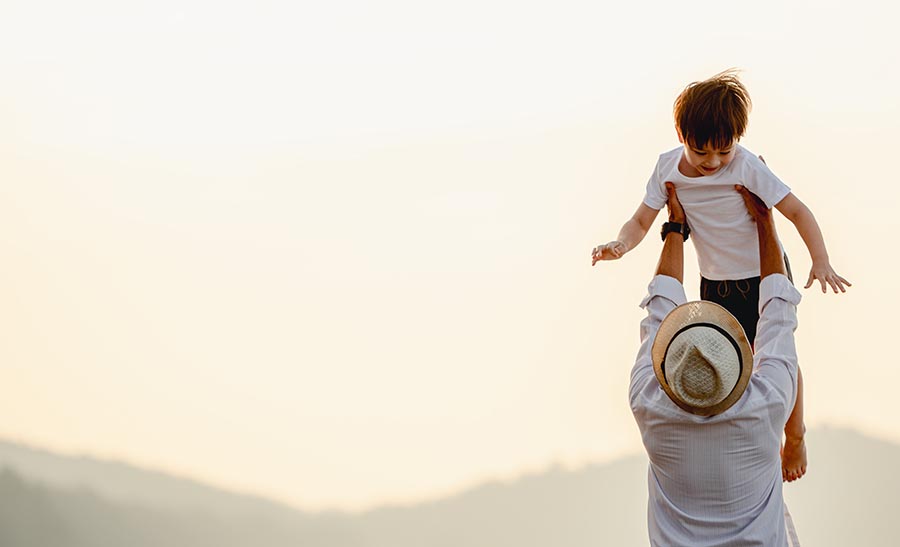In photography, capturing compelling images relies on balancing the subject and surroundings. Negative space, or unoccupied space, is the area surrounding the main subject in an image, which helps draw attention to it. This article will delve into negative space’s significance, effective utilization techniques, and how to avoid common mistakes.
What is Negative Space?
Negative space, a vital concept in photography and visual arts, refers to the area surrounding the main subject in an image. The unoccupied or empty space plays a significant role in drawing attention to the primary focal point, creating a sense of balance and harmony within the composition. Negative space can also evoke emotions, add context, and convey a story in a photograph.
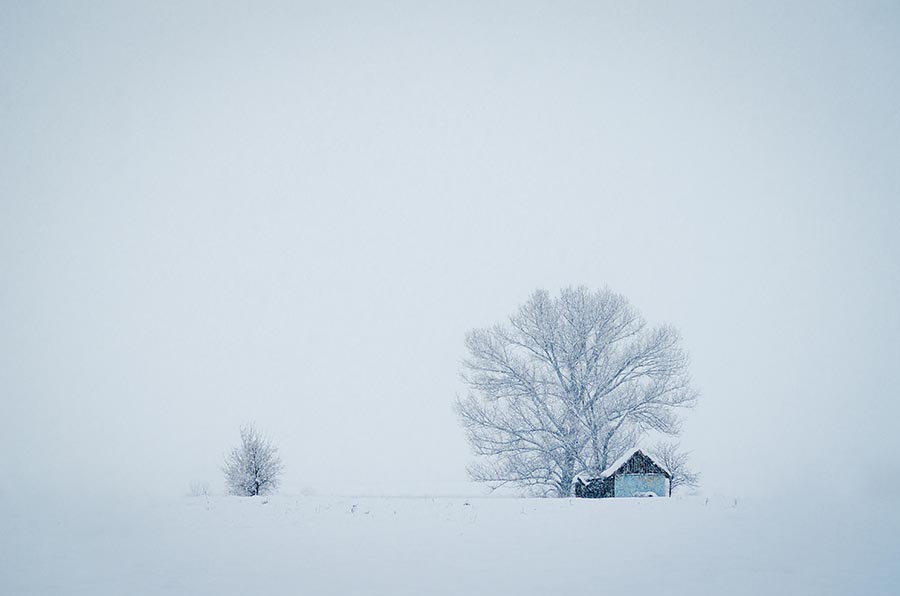
Why is Negative Space Important?
Negative space plays a crucial role in photography for several reasons:
- Balance and Harmony: Negative space contributes to a photograph’s overall balance and harmony, creating a visually appealing composition. It helps establish a relationship between the subject and its surroundings, providing stability and order.
- Focus and Attention: By emphasizing the unoccupied space around the subject, negative space effectively directs the viewer’s attention toward the main focal point. This ensures that the subject remains the primary focus, making the image more engaging.
- Emotion and Context: Negative space can evoke emotions and provide context to a photograph, helping to convey a story or message. For example, an isolated subject against a vast background can create feelings of solitude, while a small subject in a busy scene can convey an overwhelmed sense.
- Depth and Dimension: The effective use of negative space can add depth and dimension to an image, making it appear more three-dimensional and dynamic.
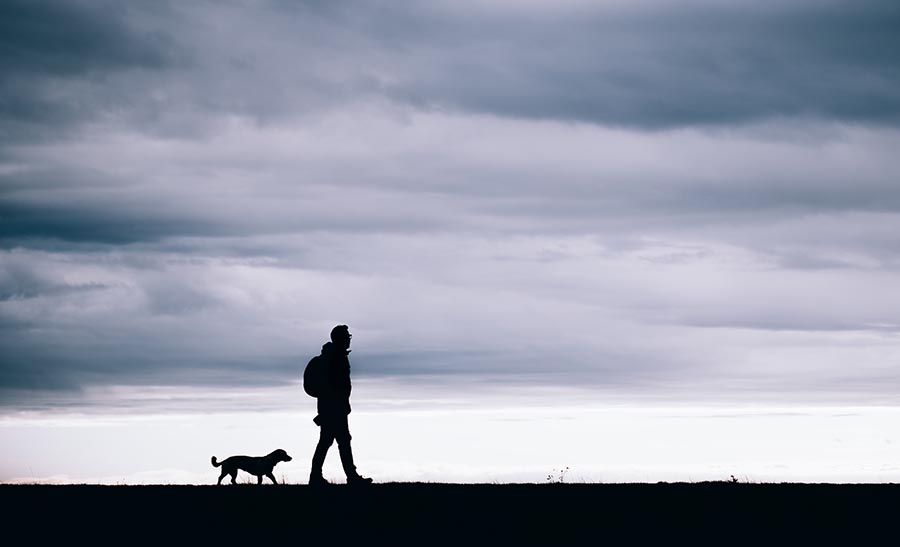
Examples of Negative Space
Negative spaces are not always limited to solid backgrounds. They can manifest as concrete walls, rolls of vibrant paper, or dark studio backdrops. However, this is just the tip of the iceberg, as emptiness encompasses a variety of forms.
Negative spaces don’t necessarily need to be uniform. Grass can serve as unoccupied space, even with its textured appearance. Similarly, desert sands displaying noticeable variations or a cloudy sky can function as dramatic, vacant spaces, despite not having a single uniform color. Negative space photography focuses on the interaction between the subject and the surrounding expansive spaces. This could be a vast sky, a sprawling field of grass, or an immense desert. The key element in the image is creating a sense of scale and providing breathing room for the subject. The type of negative space used is not as important as achieving this effect. It encompasses far more than just minimalist single-color backgrounds.
Understanding the Role of Unoccupied Space
The Power of Emptiness
Empty space in a photograph can be just as powerful as the subject itself. It helps to create a sense of balance and harmony within the image, directing the viewer’s eye toward the subject. Moreover, an unoccupied space can evoke emotions, amplify the story, and add depth to the photograph.

Balance and Composition
A well-balanced composition involves a harmonious relationship between the subject and its surroundings. Utilizing negative space effectively can help achieve this balance, allowing the viewer to focus on the main subject while appreciating the overall composition.
Adding Context and Emotion
Unoccupied space can also provide context and evoke emotion in a photograph. For example, an isolated subject against a vast background can create feelings of loneliness or solitude. Conversely, a small subject amidst a busy scene can convey a sense of being overwhelmed or lost.
Techniques for Utilizing Empty Space Effectively
To make the most of empty space in your photographs, consider employing the following techniques:
Rule of Thirds
As previously mentioned, the rule of thirds is a valuable guideline for creating well-balanced compositions. Positioning your subject along one of the grid lines or at their intersections allows you to effectively use the remaining empty space to draw attention to the focal point.
Leading Lines
Incorporate leading lines to guide the viewer’s eye toward the subject. Directing the viewer’s attention, leading lines help emphasize the relationship between the subject and the empty space. These lines, such as roads, rivers, or architectural elements, can be natural or artificial.
Framing
Using elements within the scene to frame your subject can help isolate it from the background and enhance the impact of the empty space. This technique can involve natural frames, such as tree branches, archways, or manufactured frames, like doorways or windows.

Negative Space Silhouettes
Create silhouettes against a contrasting background to emphasize the empty space around your subject. By capturing the outline of your subject without any details, you can create striking images that highlight the relationship between the subject and its surroundings.
Depth of Field
Manipulate the depth of field to separate your subject from the background. By employing a shallow depth of field, it is possible to create a blurry background effect that highlights the subject while accentuating the surrounding empty space.
Patterns and Textures
Use patterns and textures in the empty space to add visual interest to your composition. This technique can be particularly effective in minimalist and abstract photography, focusing on the interplay between the subject and its surroundings.
Reflections
Incorporate reflections to create a sense of symmetry and balance in your composition. Using water, mirrors, or other reflective surfaces, you can add an extra dimension to the empty space and create visually intriguing images.
By employing these techniques, you can effectively utilize empty space in your photography, resulting in captivating and visually appealing compositions that draw attention to your subject while maintaining a sense of harmony and balance.
Discover More
Positive Space versus Negative Space
Positive space refers to the area occupied by the main subject in an image, while negative space is the unoccupied area surrounding the subject. Both elements are essential for creating balanced and visually appealing compositions.
Positive space is the primary focal point and carries the visual weight of the image. It is the subject, such as a person, object, or landscape feature. Negative space, on the other hand, provides a visual break and draws attention to the subject by emphasizing the empty space around it. In essence, negative space complements and enhances the positive space, creating a harmonious composition that guides the viewer’s eye.
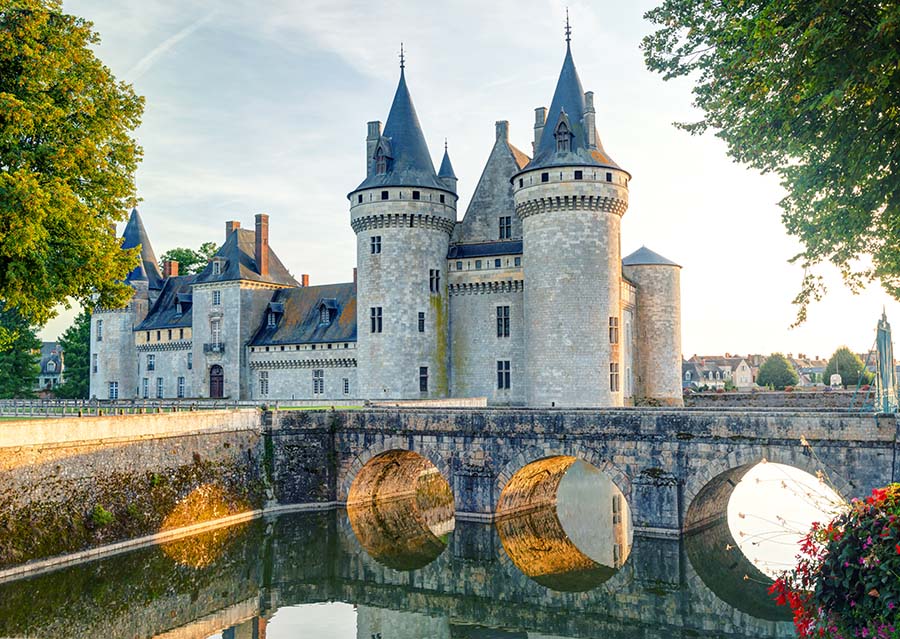
Experimenting with Negative Space
One of the best ways to master the art of negative space in photography is to experiment with different compositions, subjects, and environments. Here are some suggestions to help you explore this creative technique:
Abstract Photography
Abstract photography provides an excellent opportunity to play with negative space. By focusing on shapes, textures, and patterns, you can create images emphasizing the empty space, drawing the viewer’s attention to the subject.
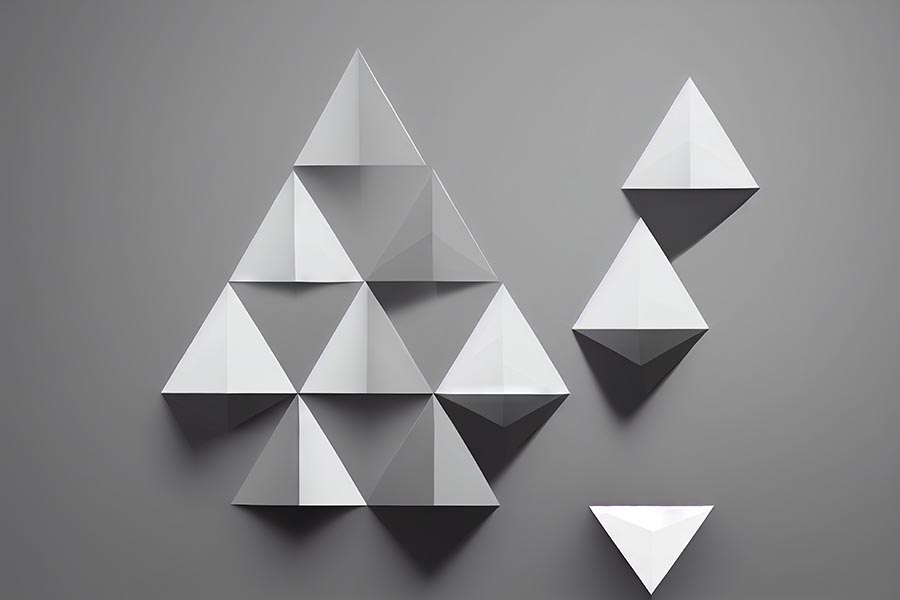
Minimalism
Minimalist photography is all about simplicity and capturing the essence of a subject with as few elements as possible. Using negative space effectively can create visually striking images that convey a strong message or emotion.

Portraiture
In portraiture, using negative space can help to highlight the subject’s features and expressions. You can create a more engaging and dynamic portrait by placing the subject off-center and utilizing the unoccupied space around them.
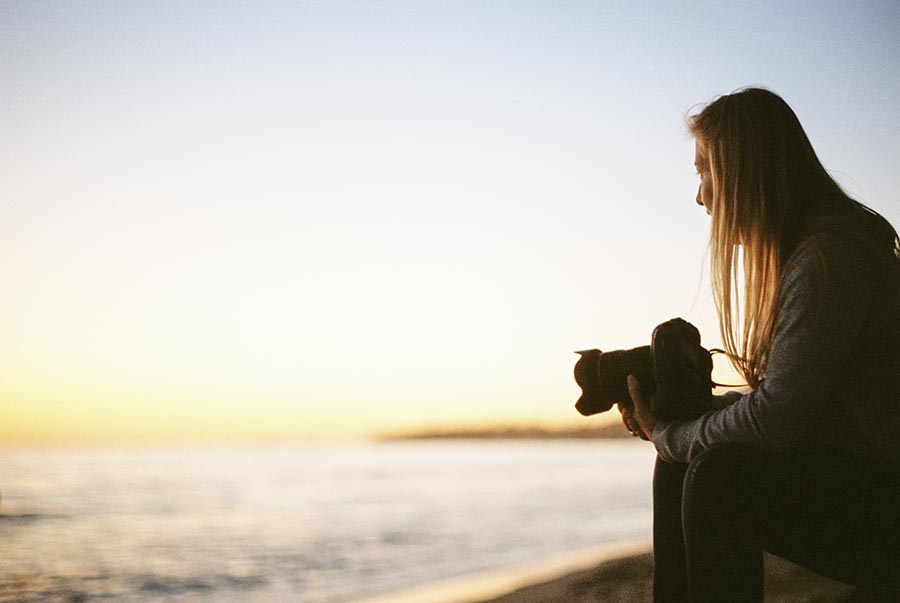
Landscapes and Cityscapes
Negative space can also be used effectively in landscape and cityscape photography. By incorporating vast skies, open fields, or empty streets, you can create a sense of depth and scale, drawing attention to the main subject.
Negative Space Tips and Tricks
To make the most of negative space in your photography, consider the following tips and tricks:
- Keep it Simple: A simple composition makes the negative space more effective in emphasizing the subject. Remove any clutter or distracting elements from the frame to maintain the viewer’s focus on the main subject.
- Experiment with Perspectives: Change the angle or position of the camera to manipulate the negative space in your frame. This can add depth, emphasize the subject, or convey a unique story.
- Use Contrasting Colors: Utilize contrasting colors or shades to accentuate the negative space and draw more attention to the main focal point.
- Be Mindful of Balance: Striking the right balance between the subject and negative space is crucial. It can affect the image’s overall composition and visual impact.
- Practice and Analyze: Continuously practice and analyze your images to refine your use of negative space. This will help you better understand how to incorporate unoccupied space into your compositions effectively.
By understanding the importance of negative space and implementing these tips and tricks, you can make visually engaging and well-balanced images that captivate your audience.
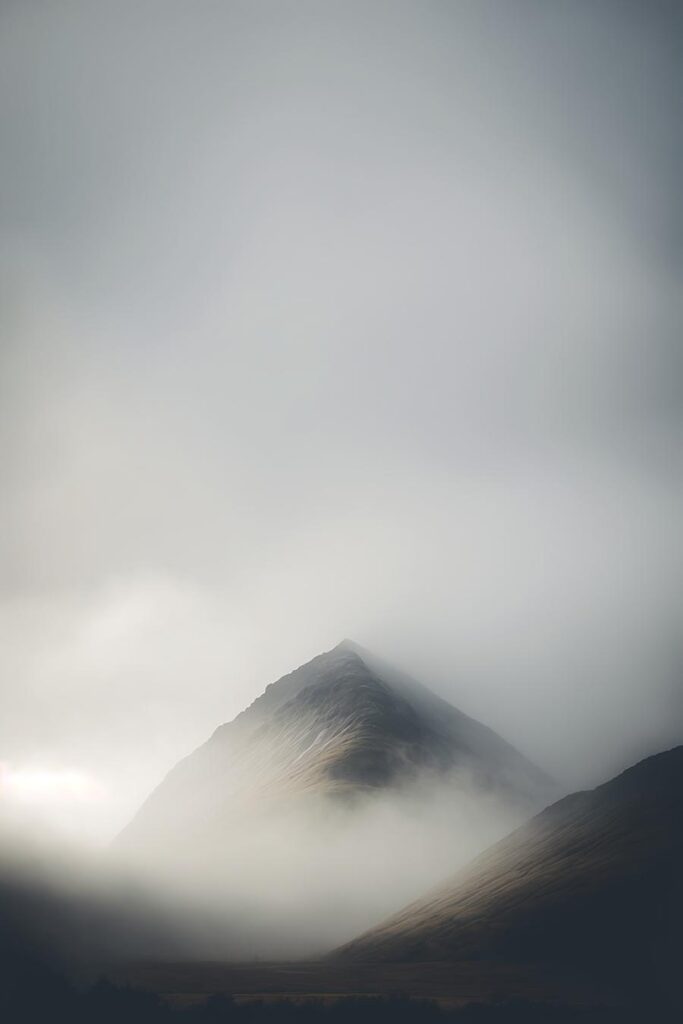
End Note
By understanding the importance of negative space and implementing these tips and tricks, you can make visually engaging and well-balanced images that captivate your audience. In conclusion, mastering the art of negative space in photography is essential for creating captivating and visually appealing images. By understanding its significance and implementing the various techniques and tips discussed in this article, you can enhance your compositions and elevate your photographic skills. Negative space plays a crucial role in establishing balance, directing focus, evoking emotions, and providing context to your images. As you continue to explore and experiment with negative space across different genres and visual arts, you will develop a keen eye for compelling compositions that captivate your audience and leave a lasting impression. Remember, the key to mastering negative space lies in continuous practice, analysis, and a willingness to push your creative boundaries.
FAQs
Finding the right balance between the subject and unoccupied space is subjective and may vary depending on the type of image you are trying to create. Experiment with different compositions and analyze the visual impact of the negative space on your images.
Absolutely! Negative space can be just as effective in black-and-white photography as in color. Using contrasts in tones and shades can help create powerful negative space that emphasizes the subject.
In post-processing, you can refine negative space by cropping the image to remove unnecessary elements, adjusting the colors or contrast to emphasize the unoccupied space, or using tools like the clone stamp to remove distracting elements.
Negative space can be utilized across all photography genres. Whether it’s portraits, landscapes, macro, or street photography, effectively using negative space can enhance your images and create a more engaging visual experience for your viewers.


